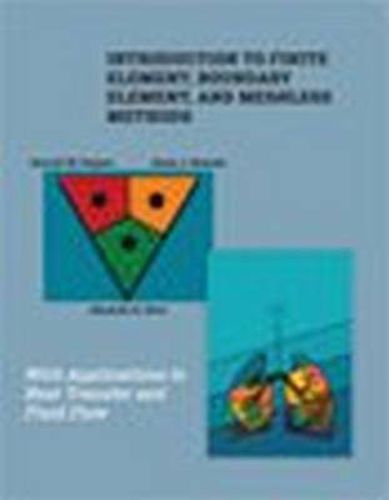Readings Newsletter
Become a Readings Member to make your shopping experience even easier.
Sign in or sign up for free!
You’re not far away from qualifying for FREE standard shipping within Australia
You’ve qualified for FREE standard shipping within Australia
The cart is loading…






When students once master the concepts of the finite element method (and meshing), it’s not long before they begin to look at other numerical techniques and applications, especially the boundary element and meshless methods (since a mesh is not required). The expert authors of this book provide a simple explanation of these three powerful numerical schemes and show how they all fall under the umbrella of the more universal method of weighted residuals.
The book is structured in four sections. The first introductory section provides the method of weighted residuals development of finite differences, finite volume, finite element, boundary element, and meshless methods along with 1D examples of each method. The following three sections of the book present a more detailed development of the finite element method, then progress through the boundary element method, and end with meshless methods. Each section serves as a stand-alone description, but it is apparent how each conveniently leads to the other techniques. It is recommended that the reader begin with the finite element method, as this serves as the primary basis for defining the method of weighted residuals.
$9.00 standard shipping within Australia
FREE standard shipping within Australia for orders over $100.00
Express & International shipping calculated at checkout
When students once master the concepts of the finite element method (and meshing), it’s not long before they begin to look at other numerical techniques and applications, especially the boundary element and meshless methods (since a mesh is not required). The expert authors of this book provide a simple explanation of these three powerful numerical schemes and show how they all fall under the umbrella of the more universal method of weighted residuals.
The book is structured in four sections. The first introductory section provides the method of weighted residuals development of finite differences, finite volume, finite element, boundary element, and meshless methods along with 1D examples of each method. The following three sections of the book present a more detailed development of the finite element method, then progress through the boundary element method, and end with meshless methods. Each section serves as a stand-alone description, but it is apparent how each conveniently leads to the other techniques. It is recommended that the reader begin with the finite element method, as this serves as the primary basis for defining the method of weighted residuals.